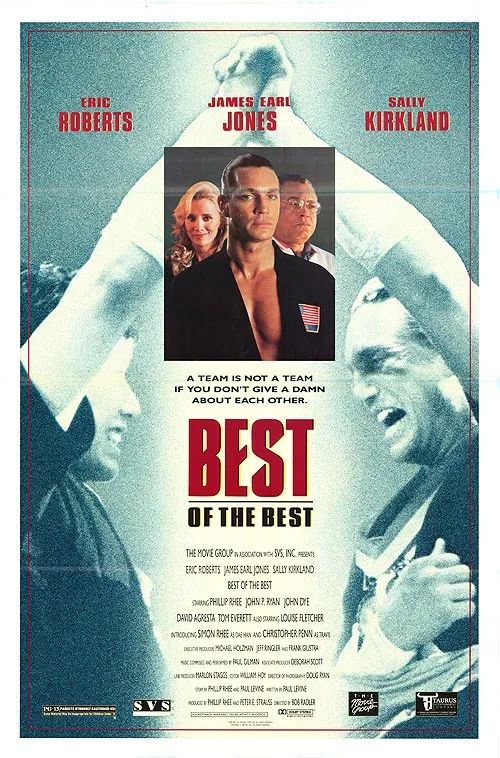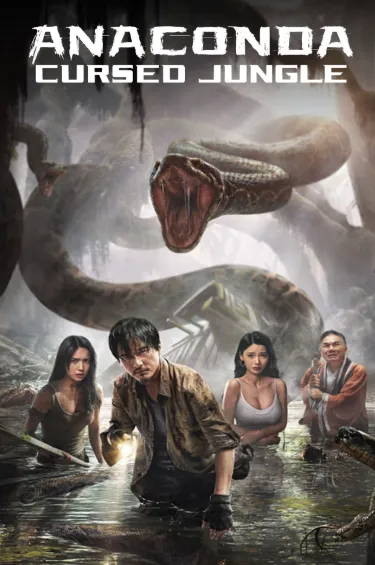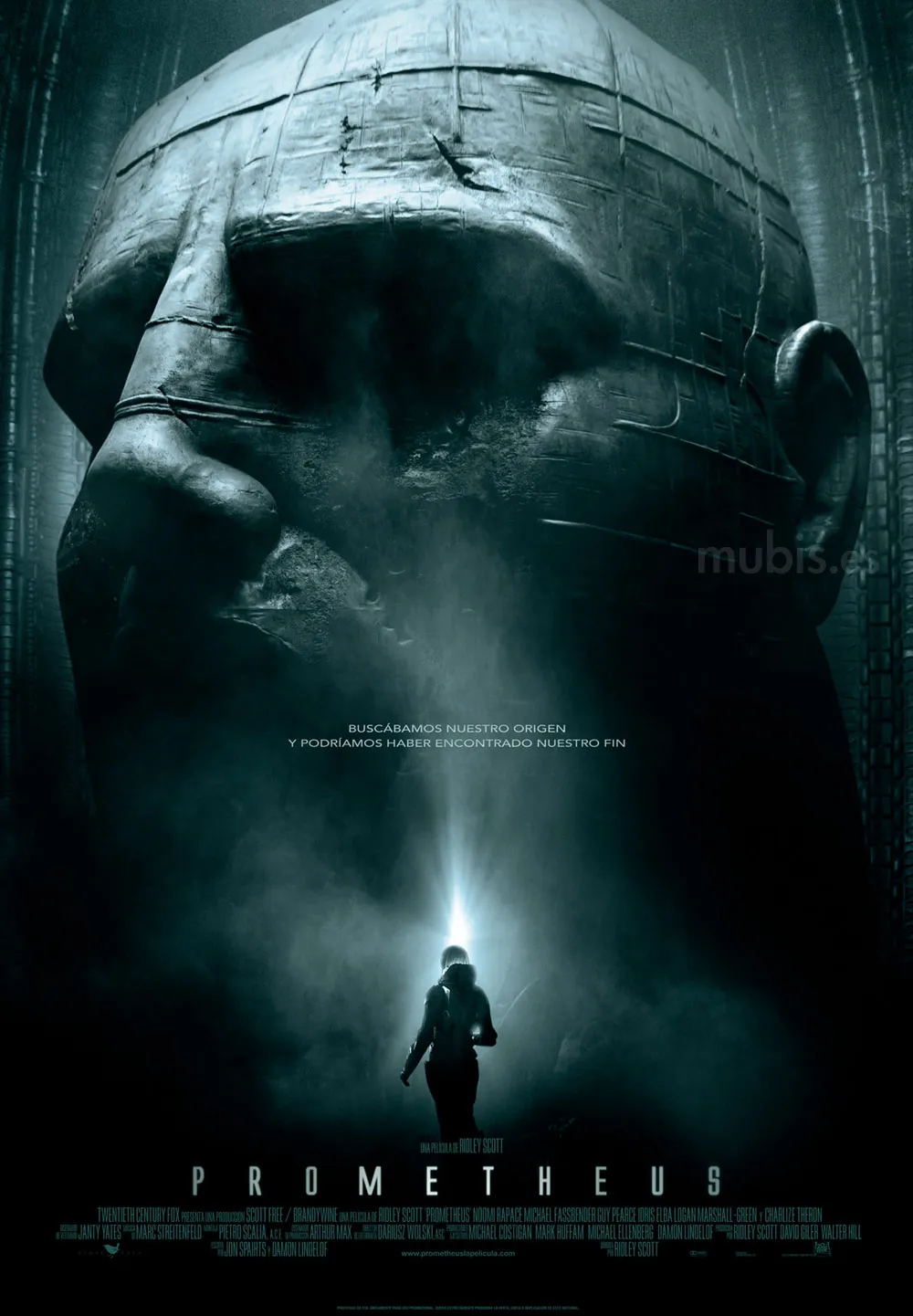👉Full movie at end of the post
When Jim, a troubled young dubstep musician, negotiates the underground music scene of Los Angeles, he struggles with haunting memories and a fractured identity. The walls between reality and delusion begin to blur—especially as his imagined companion, Jake, starts to enforce darker impulses within him. Jim’s attempts at normalcy are constantly derailed by mental disarray and whispered brutality lurking beneath everyday life.
The world of Jim collides with Wendy, an idealistic social worker drawn to his music and despair. She pushes to help him, seeking understanding and healing. Yet her empathic intervention becomes dangerously entangled with Jim’s fragile psyche, forcing her to confront violence indirectly tied to her own compassion. As Wendy becomes his unlikely confidante, the lines between savior and victim begin to shift.

The psychological tension intensifies when Jim’s dual personalities escalate into real-world horror. Subtle triggers transform moments of calm into explosive violence—Wendy’s friends taunt him, and in retaliation, Jim’s internal chaos turns lethal. The film bypasses gore in favor of disquieting inevitability: every scream, symbol, and beat of the dubstep soundtrack echoes Jim’s unraveling.

Director duo Youssef Delara and Victor Teran shape Snap into an immersive mindscape. The visuals pulse in sync with the dubstep rhythm, crafting a disorienting beat‑driven world that pulls the audience into Jim’s urgency and confusion. It’s a deeply unnerving blend of sensory experimentation and emotional rawness, rooted in realism rather than fantasy.
Snap doesn't let viewers look away—or forget. Its final scenes challenge the audience to weigh responsibility, trauma, and how easily empathy can turn into danger. With a haunting score and performances that channel violence as both symptom and expression, the film unsettles precisely because it feels like it could be real.



